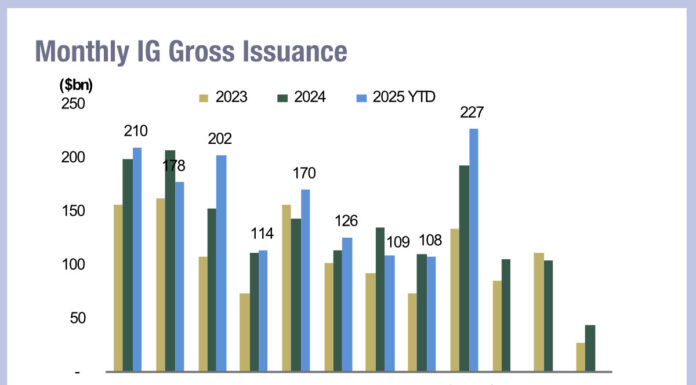In a market ‘obsessed’ with yield pick up, seeing considerable inflows into bond funds, corporate debt is getting bought up en masse. While this is great for assets under management and trading volume, it is also driving innovation in the trading capacity of market operators and liquidity providers.
A big augmentation that traders could potentially take advantage of are tools using artificial intelligence (AI) and machine learning (ML). While these are still very early in their level of practical adoption, they clearly could offer a very strong data parsing service for both structured and unstructured data.
Given the varying levels of structured and unstructured data that a trade might need from one day to the next, this flexibility offers a major advantage over more linear structured or unstructured models.
A key facilitator of this new technology are data sets which are becoming increasingly available and reliable in credit markets and can be used to train AI and ML models.
A big challenge for AI is that broader, commercially available data sets tend to lack the rigour needed to train a model that delivers reliable answers, and that narrower, proprietary data sets can lack the breadth needed to train a model that can provide answers with a broad enough perspective.
However, as credit markets electronify, they are creating a virtuous cycle of data used an generation. Data providers are capturing this and finding new ways to deliver a better product in ways that trading desks can consume.
Nevertheless, this futuristic outlook was probably secondary to understanding two current and very prevalent dynamics in bond trading; the evolution of the trading desk, and the trading platforms.
Anecdotally we hear that European credit traders rely more on trading platforms than do their US counterparts, but equally they are less beholden to dealer relationships. Given that costs of trading on platforms are borne by the dealers, it is perhaps unsurprising then that buy-side traders are seen to be in a sweet spot in Europe.
Dealers, on the other hand, face stiff competition and tightening bid-ask spreads as a result, making it far harder to maintain a profitable trading operation in credit, while electronic liquidity providers increasingly move into the space.
The overall trajectory is a positive one for depth and breadth of liquidity and pricing, while promised delivery of a post-trade consolidated tape of bond prices in the European Union and the UK should bring both jurisdictions in line with US transparency levels.
©Markets Media Europe 2024
©Markets Media Europe 2025















